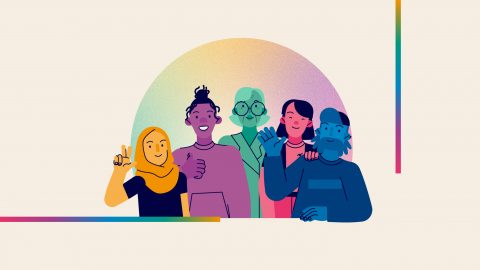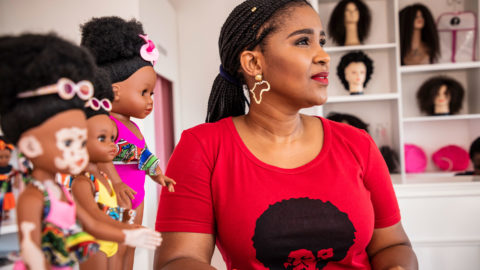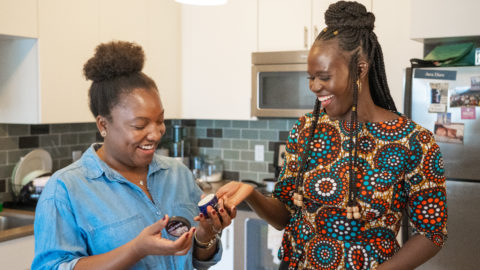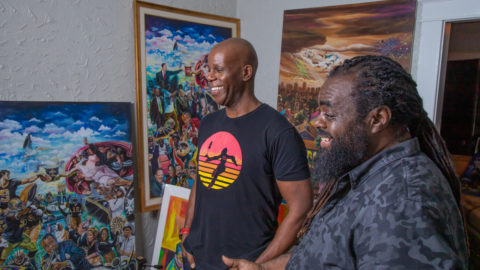Why a machine learning job at Microsoft means the chance to “try amazing things”
What could you do with data at Microsoft?
Jennifer Marsman can use technology to figure out when her husband is lying — or she’s working on it, anyway. Not long ago, she put her brainwave-sensing headset on him and asked a series of simple questions. Are you married? Do you have five kids? Do you have red hair?
She had him answer truthfully at first: Yes, no, no. Then she had him lie. Seeing his brain activity in each instance was the beginning of her efforts to use electroencephalography (EEG) data and what she calls “crazy, beautiful math” to build a lie detector — and all as part of her job as a principal developer evangelist for machine learning at Microsoft.
The unconventional project is a fun way to show what machine learning can do at a company brimming with career opportunities for those looking to create something extraordinary with the power of data.
“Our ‘growth mindset’ culture lets us try amazing things; we are innovating like crazy right now,” Marsman says. “I think there’s nearly unlimited potential for all levels of machine learning at Microsoft.”
-
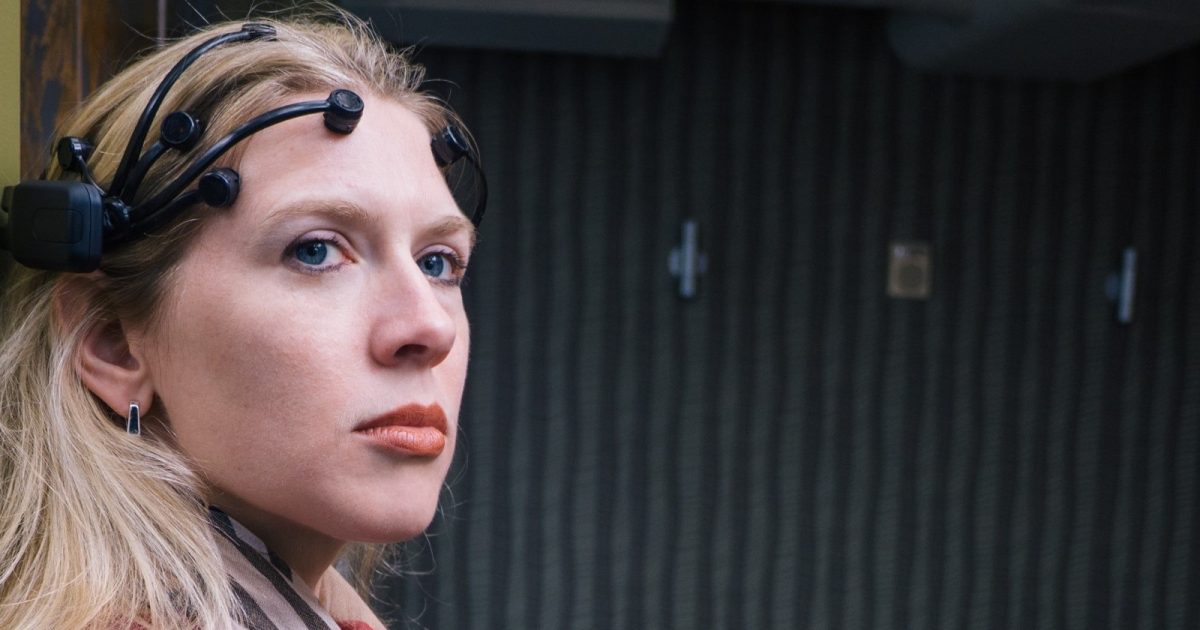
Employees across the company are creating new technology, refining existing products, enhancing business operations and developing their own machine learning expertise as applied scientists, data scientists, software engineers and program managers, says Amanda Papp, a senior machine learning and data science recruiter.
“Machine learning is the DNA of Microsoft. It’s everywhere,” Papp says. “You can apply machine learning to search, advertising, security, gaming — and that’s just the tip of the iceberg.”
Many employees participate in quarterly machine learning hackathons, attend twice-yearly conferences and learn from others in the company’s 4,300-member Machine Learning and Data Science community, according to Alex Blanton, a senior program manager who helps manage the community and its events.
Papp says she looks for candidates who have experience with researching or applying machine learning algorithms to solve real-world problems and the “passion for making a difference on a global scale.”
And it doesn’t matter what domain you’re familiar with; skills in anything from bioinformatics to security to social media “can easily transfer to a number of machine learning roles at Microsoft,” she says.

Jocelyn Barker joined Microsoft as a data scientist in January and has been working on something a bit unexpected for someone with a doctorate in biophysics from Stanford: She builds various data science models for Microsoft’s finance team, which uses machine learning for financial forecasts in its reports to Wall Street.
“I’m having fun, and the problems are new and different,” she says. “I feel like there’s a lot of room for me to learn and grow and become a better data scientist.”
In her role in the Information Management and Machine Learning Group, Barker has found many people with genuine interest in what they do and the diverse expertise that means when she gets stuck on something, she says, she can “ask a question and find some new and interesting way of doing it.”
“Moving to a new field is fun … you don’t have that tool box yet,” she says. “You’re just able to be really creative and go in, read the literature, find out what other people are doing and think about experimental design more, which I really enjoy.”
She also gets to decide what she needs to grow — whether it’s attending a tech conference or collaborating on new ideas with people in other parts of the company — and feels like she has the freedom and support to do it.
Plus, Microsoft’s size and reach make it a great place to work in machine learning because the company “has a lot of data sets and a lot of processor power,” she says. “If you want to be able to do something, you’re not going to be limited by resources.”
Marsman came to Microsoft’s Redmond, Washington, campus in 2002 as a software design engineer after earning her master’s degree in computer science at the University of Michigan, where she focused on artificial intelligence and computational theory.
In 2006, she and her husband wanted to move back home to Michigan to start a family, but Marsman hoped to stay at Microsoft and continue writing code. The evangelist role was a perfect fit, allowing her to share her passion for machine learning with people around the world while doing much of her work from home.
She does webcasts, writes blogs and gives lively speeches to large audiences at various tech conferences about the capabilities of Microsoft Azure Machine Learning, which is geared toward developers of all experience levels, and the broader potential of combining big data and algorithms to predict useful things.
And now, as a mother of three, she appreciates being able to set her own schedule at a company that she says gives her the ability to “build cool things, along with the flexibility to do it when and how I want.”
-
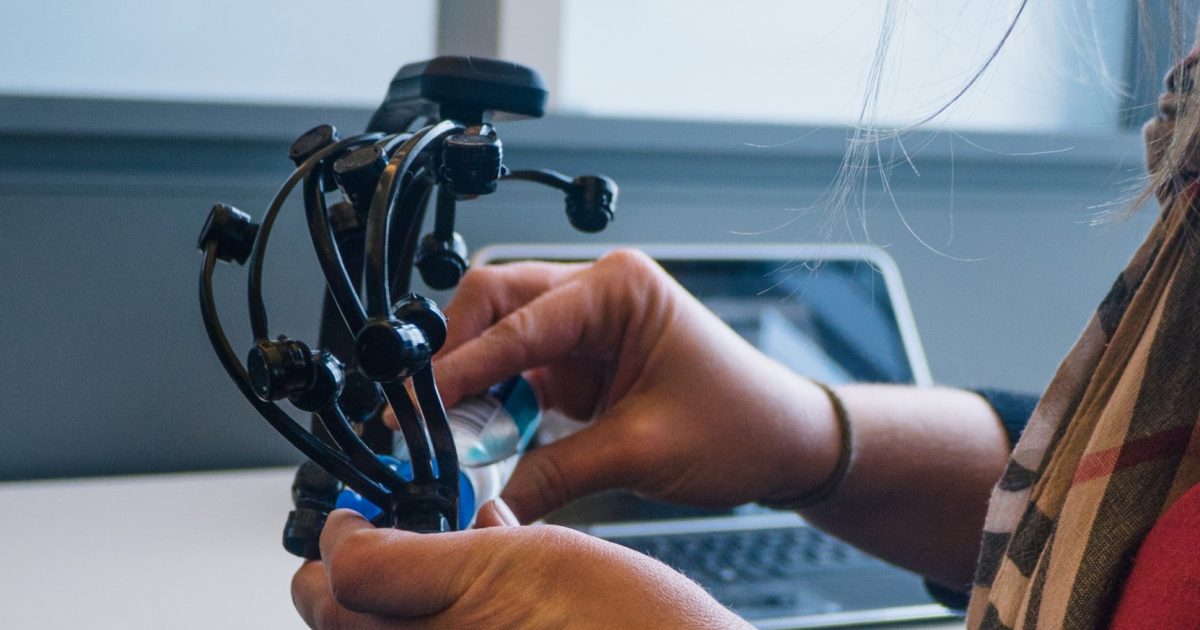
When she decided she wanted to build a lie detector, her managers gave her the go-ahead.
“I pitched this crazy idea: ‘Hey, I want to do lie detection with Azure Machine Learning and this headset. Will you please, please buy me this headset?’” she recalls. “They bought me the headset, and Microsoft let me do this on work time. Microsoft was incredibly supportive. I love this company.”
She’s still doing experiments and otherwise working on the project, which is aimed at using machine learning algorithms to figure out how EEG data correlates with whether someone is telling the truth.
Sharing her enthusiasm for machine learning is an easy sell; the way it’s shaping the future is evident in so many things. It means smart high-rise buildings can turn heating and airflow data into comfortable environments using less energy. It helps teachers see the impact of their lessons and predict students’ learning trajectories.
It allows businesses of all kinds to predict what customers want, detect potential problems and otherwise improve their operations based on their historical data and what it can tell them.
“Data science is one of the new, up-and- coming, hot fields right now because every company has data —millions of log files that they’ve collected but don’t know how to make sense out of or take action based on,” Marsman says. “Catching something early and being able to predict a failure before it happens costs so much less than cleaning it up afterwards.”
At Microsoft, machine learning powers Bing Predicts to forecast the outcomes of elections, sports matches and pop-culture events with uncanny success. It makes sense of massive amounts of data that allow products like Windows and Office to be continually improved.
It’s also the magic behind many realistic Xbox game characters, the intelligence of Windows 10’s Cortana, security analysts’ ability to detect network hacks and countless other advances across the company.
Marsman says there’s “unlimited potential” at Microsoft to delve into the in-demand field, from working as a developer who’s using data science to enrich a current product to being among “the brilliant minds in Microsoft Research who are driving the cutting edge of what can be done with machine learning.”
-
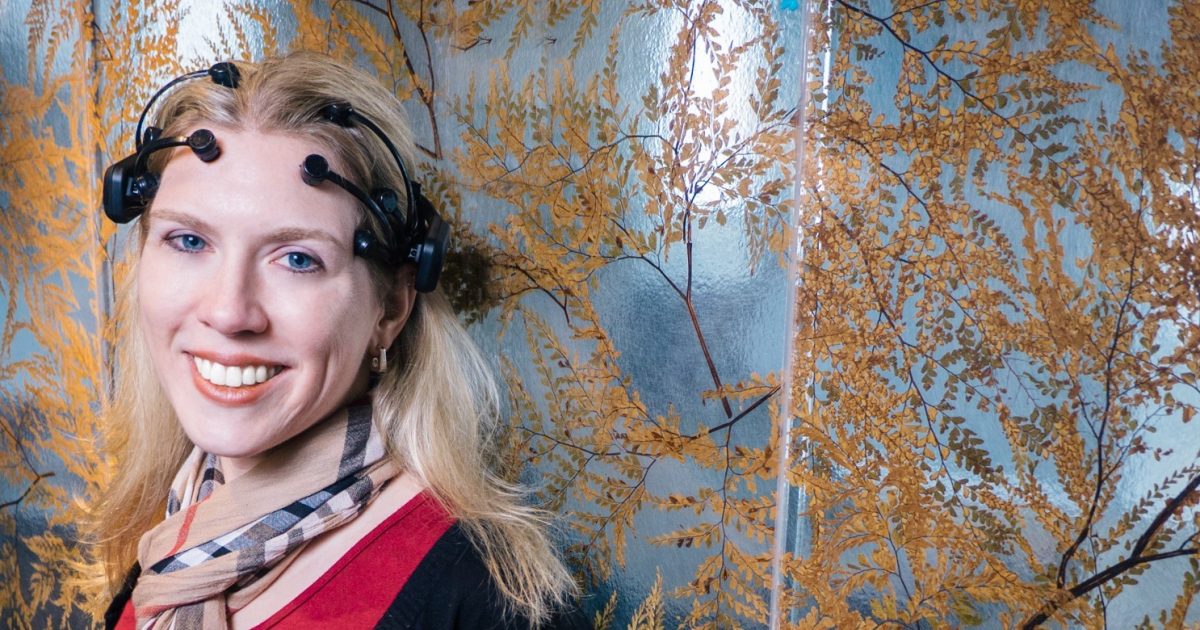
“My area of passion, big data and machine learning, is exploding in this new era of the Internet of Things, when things are continually sending data to the cloud,” Marsman says. “We have the tools to make sense of all this data so people can actually use it to make better decisions.”
Microsoft was at the forefront of machine learning and has been finding innovative ways to use it for years. Marsman says it’s a part of so many of the company’s products and technologies that you could easily follow your changing interests throughout your career.
But for Marsman, the best part is the way machine learning can improve how people do things on a daily basis and make an actual difference for so many.
“There’s so much potential to make people’s lives better with this technology,” she says. “That’s what really gets me excited at the end of the day.”


